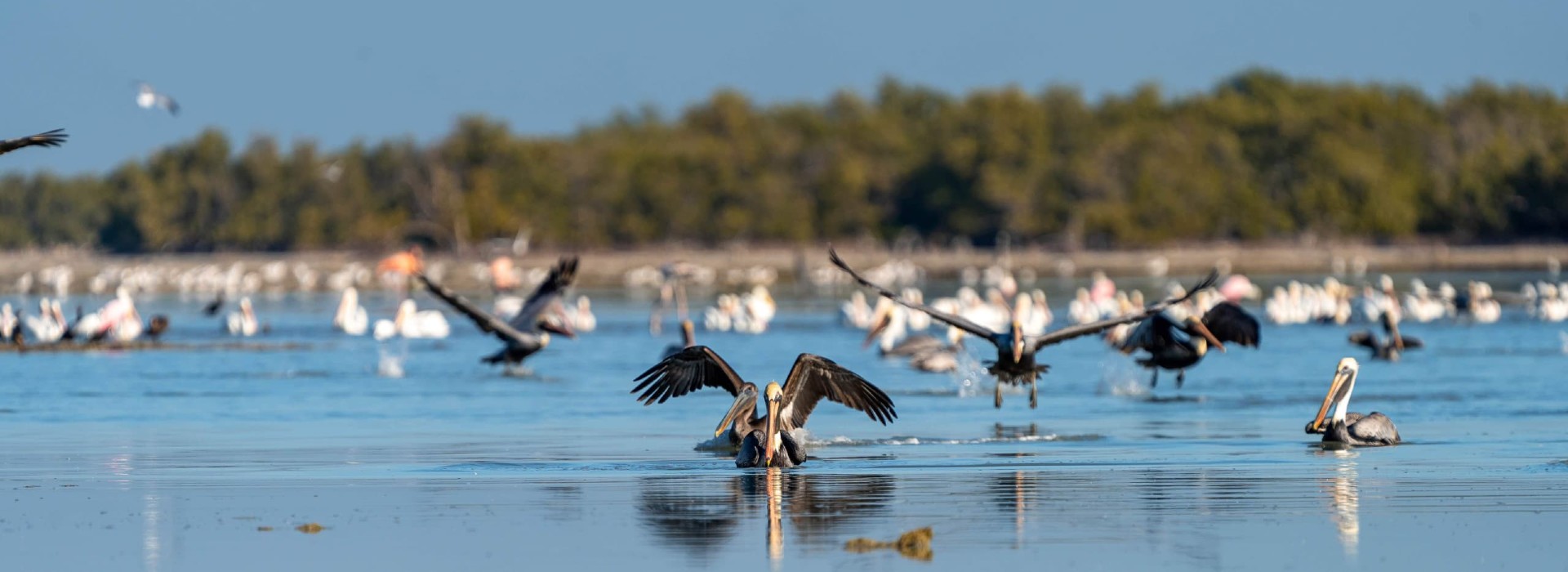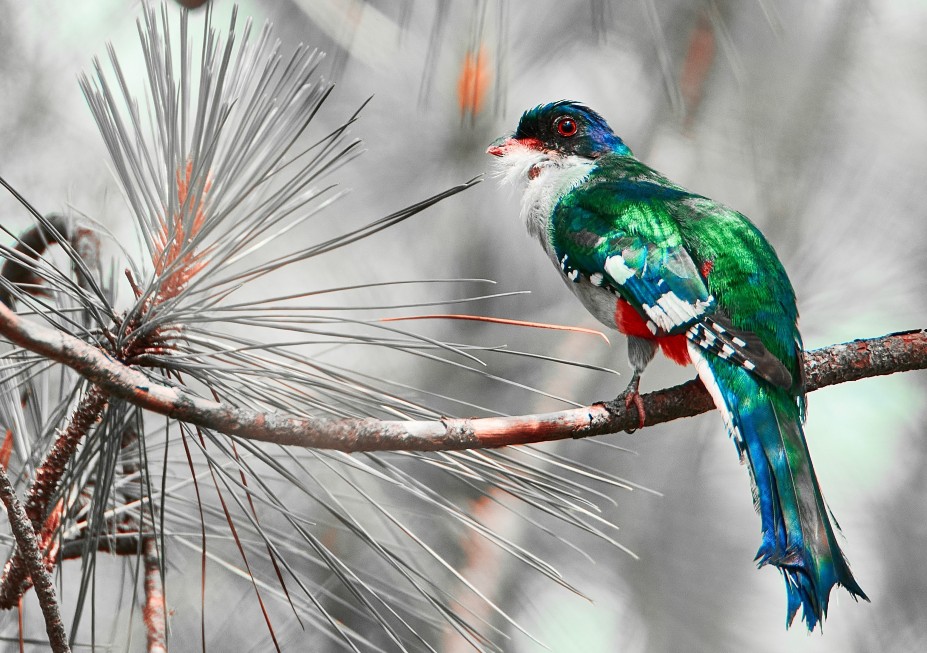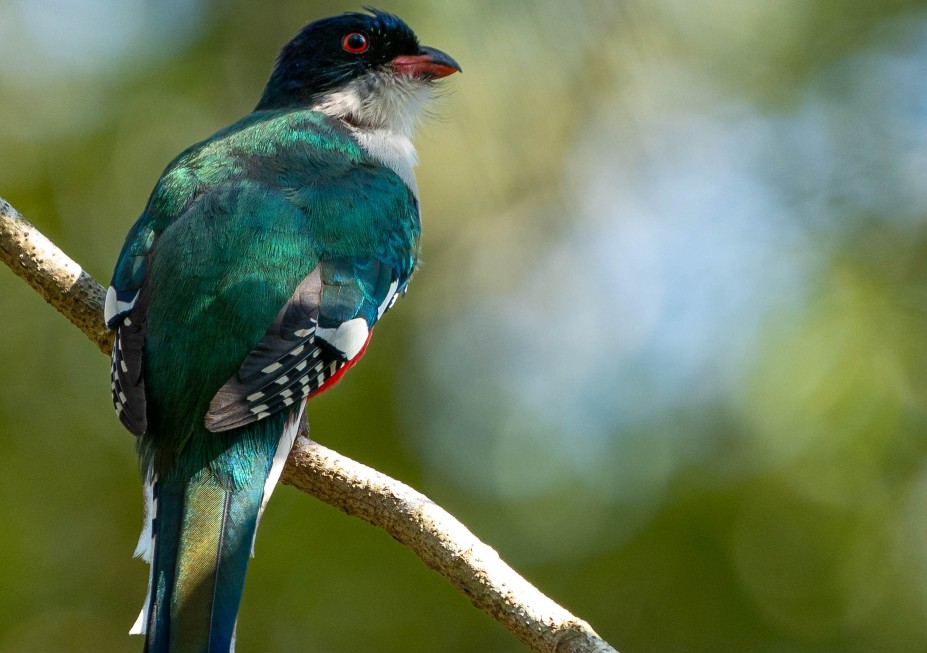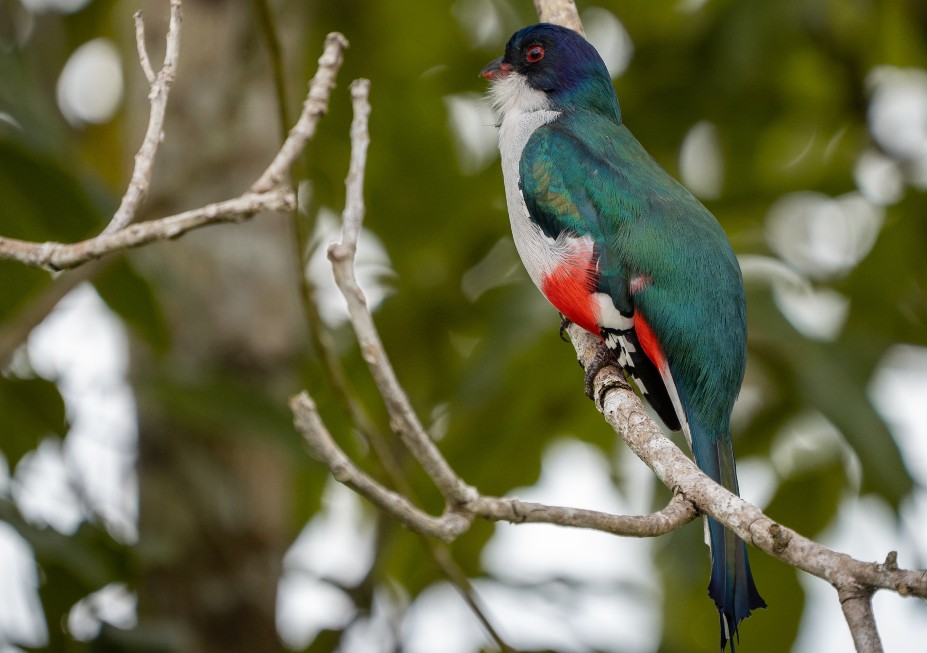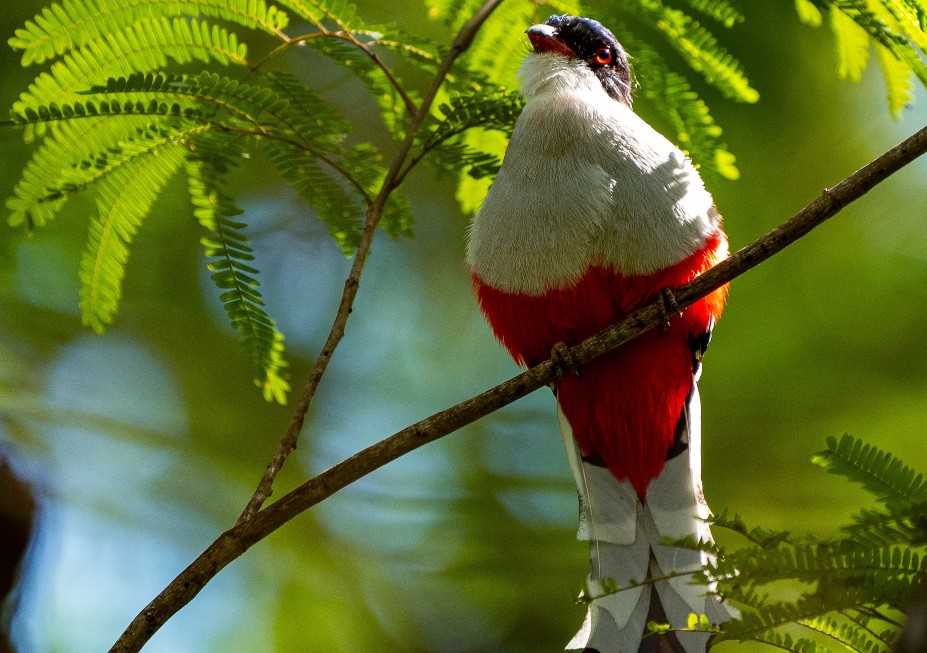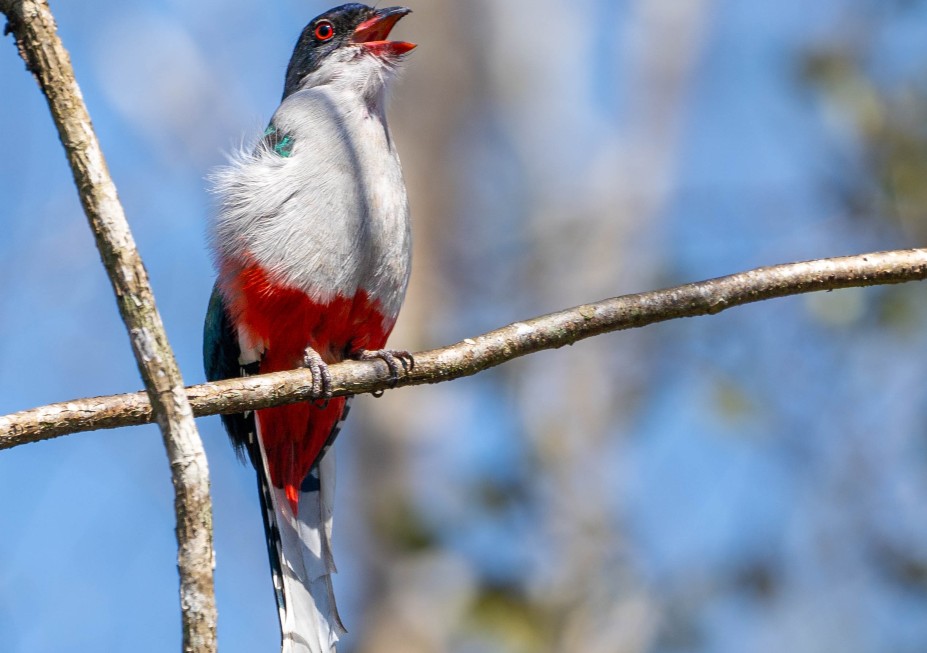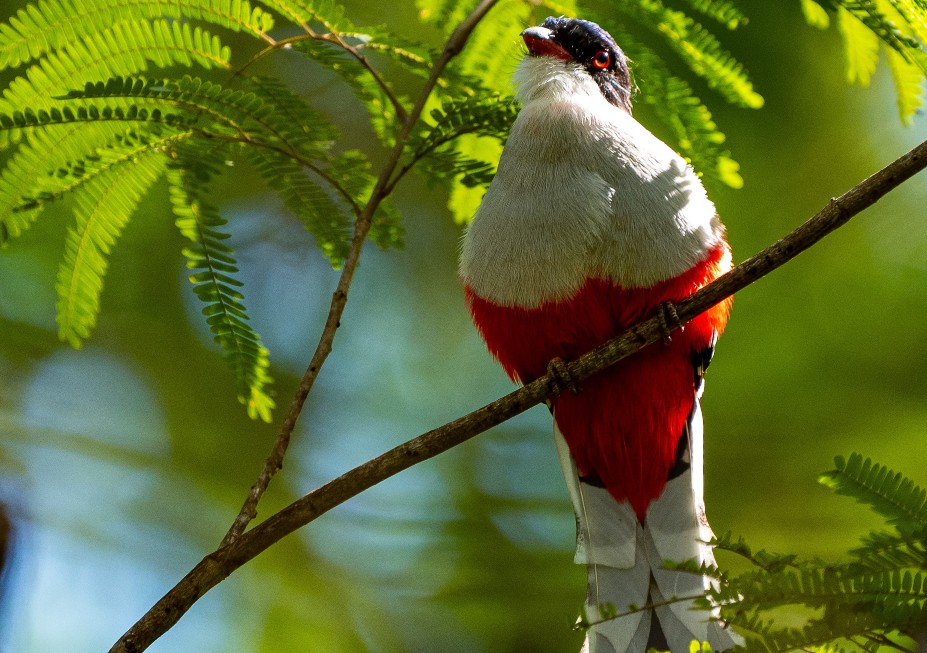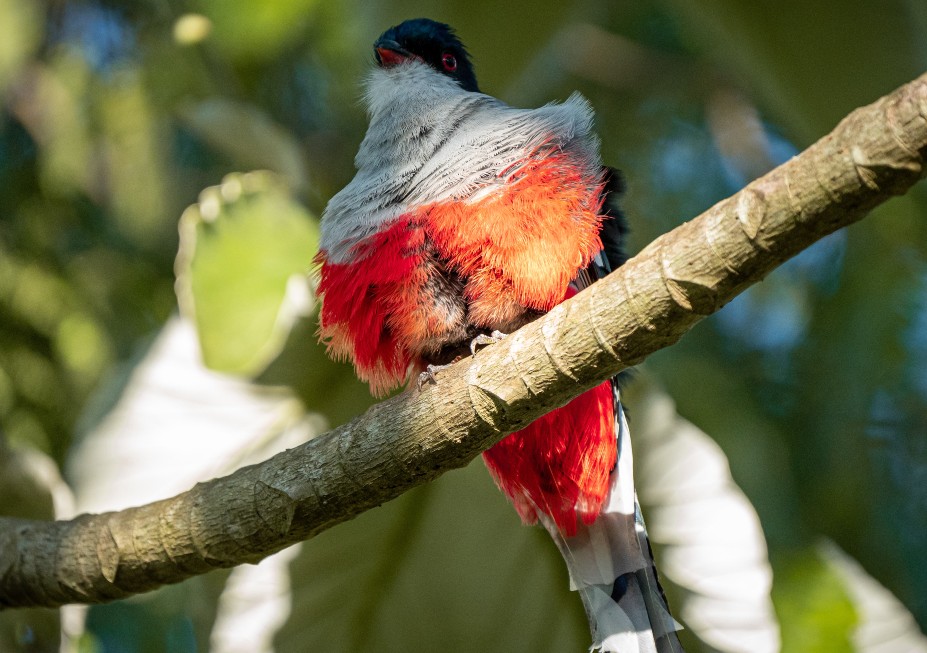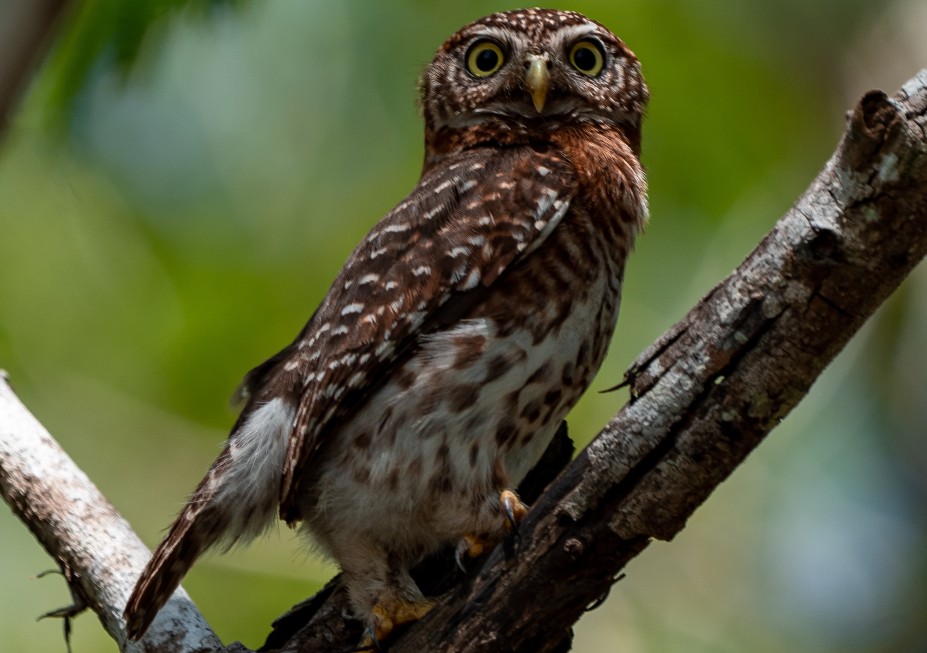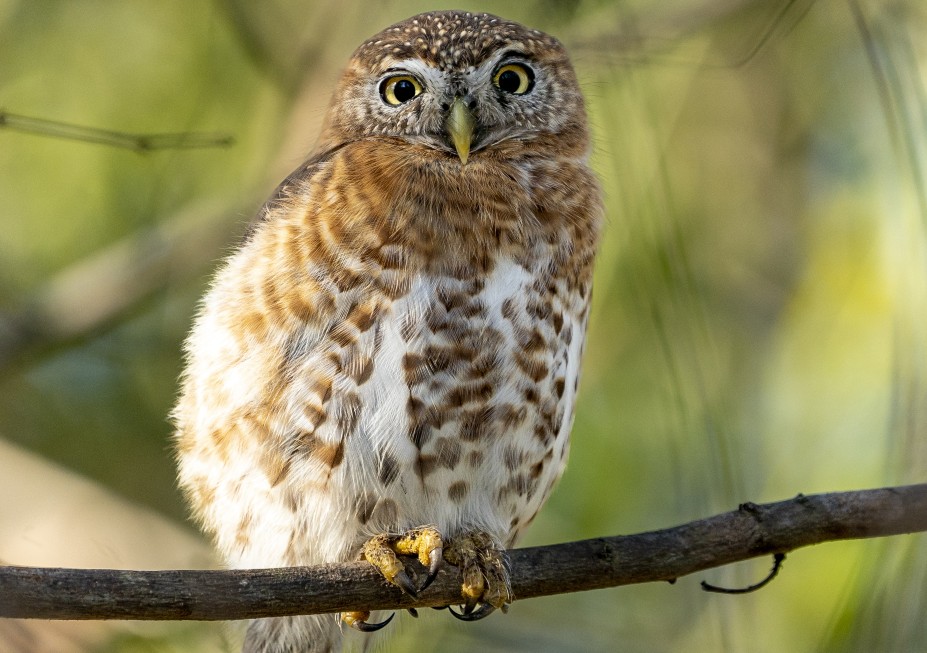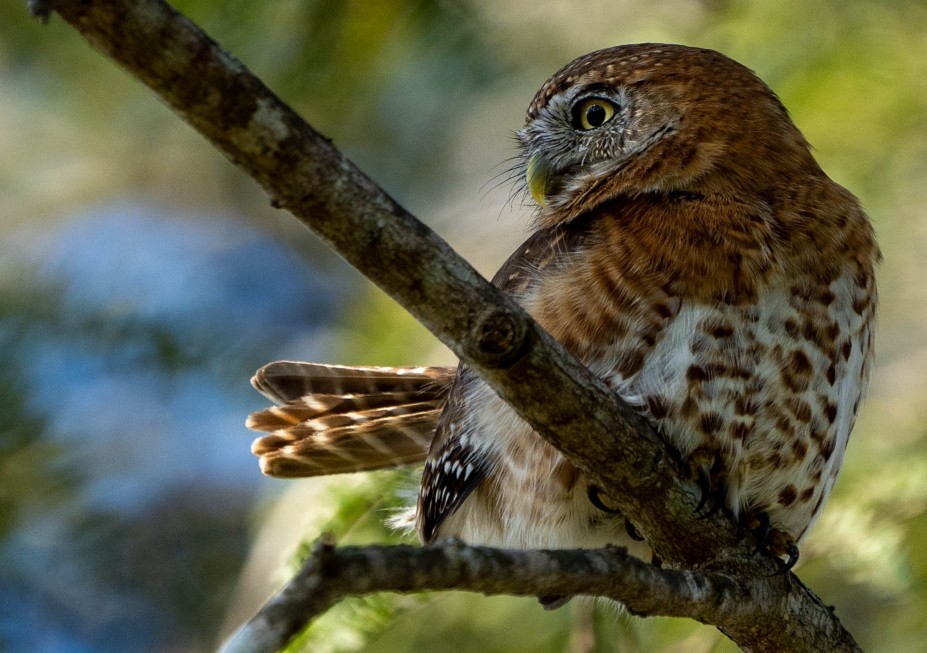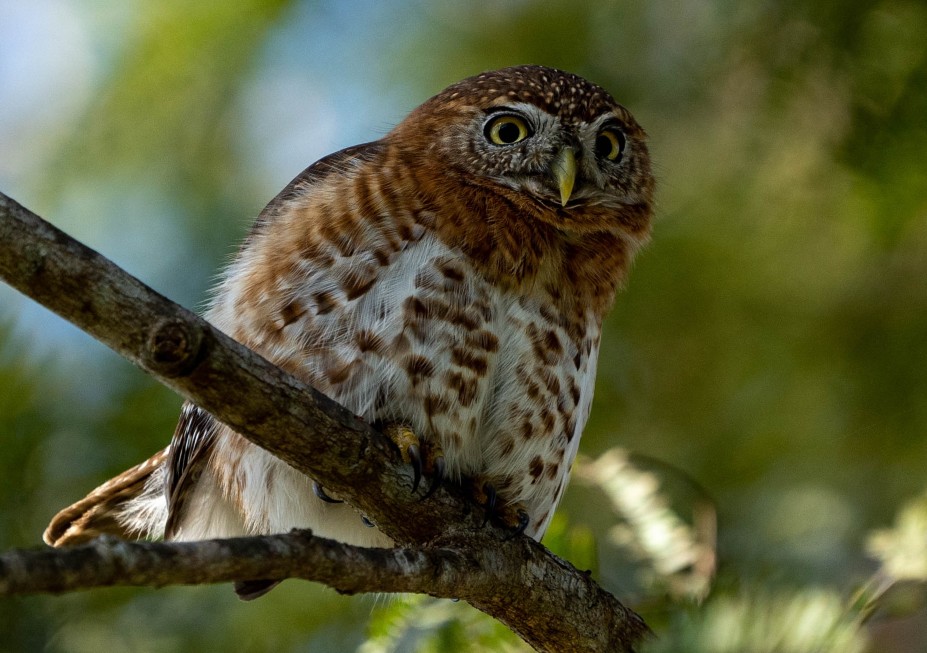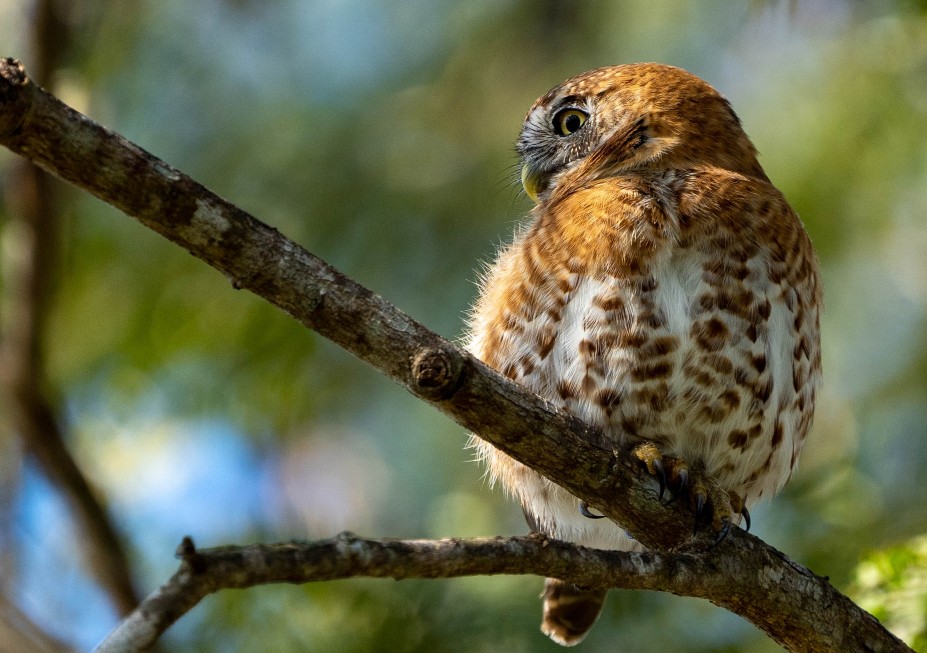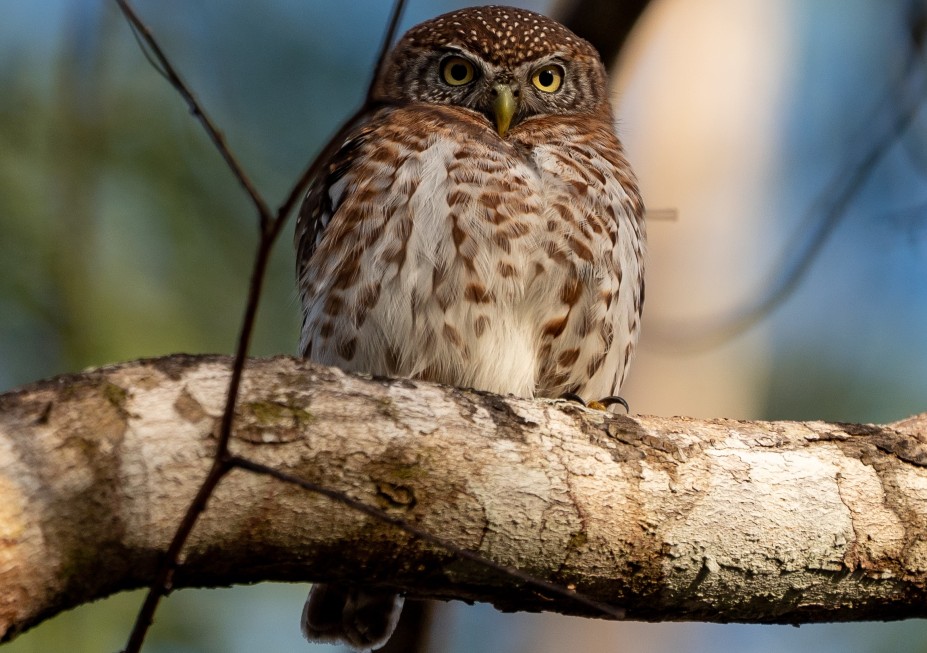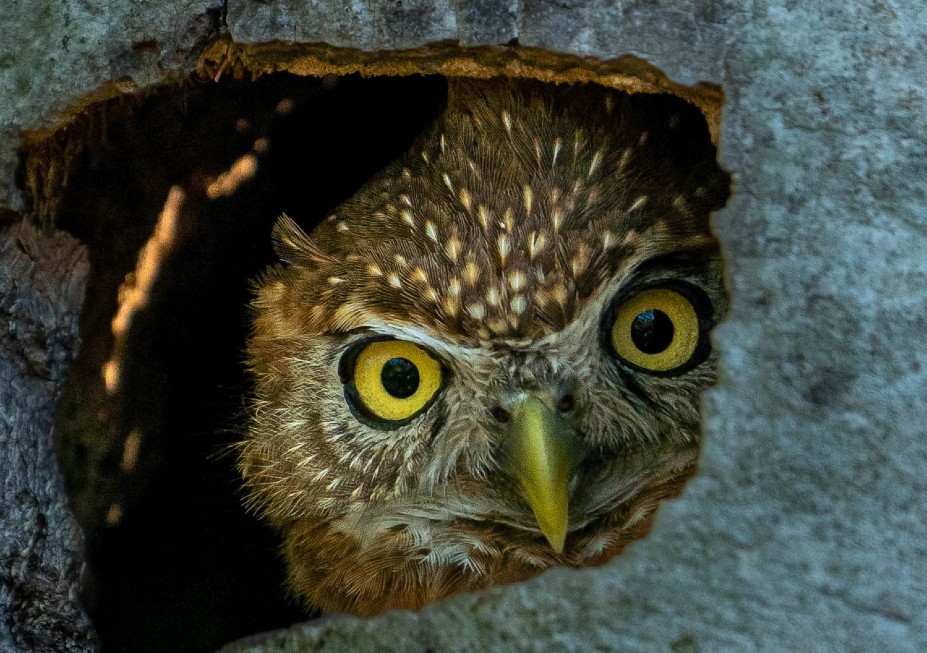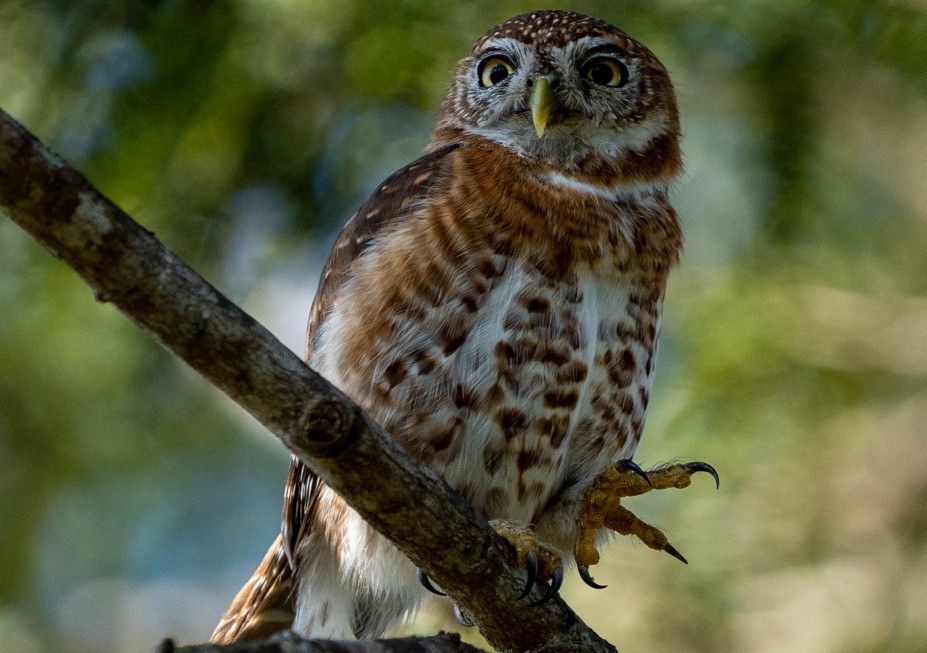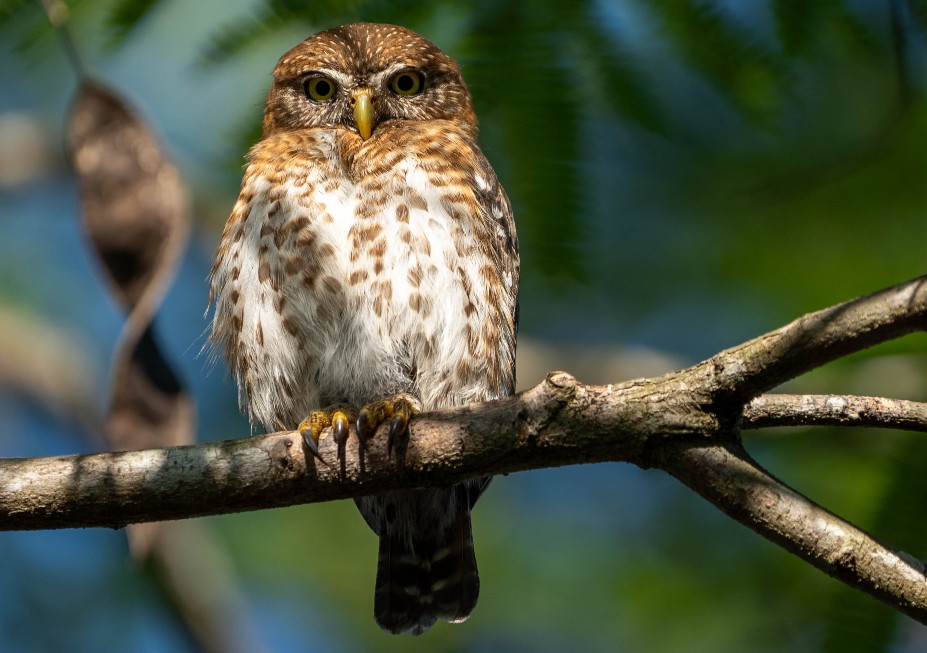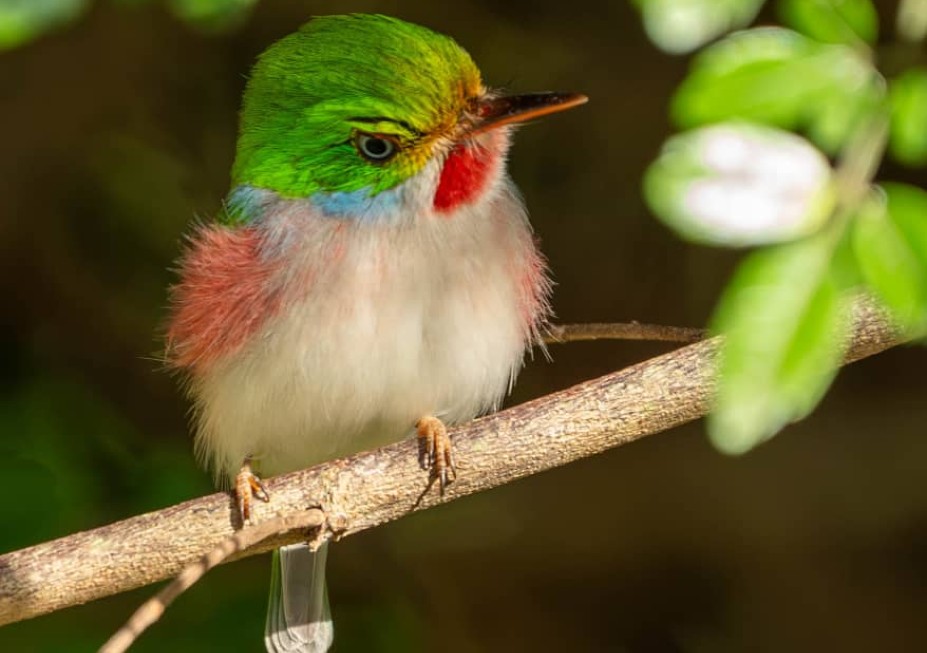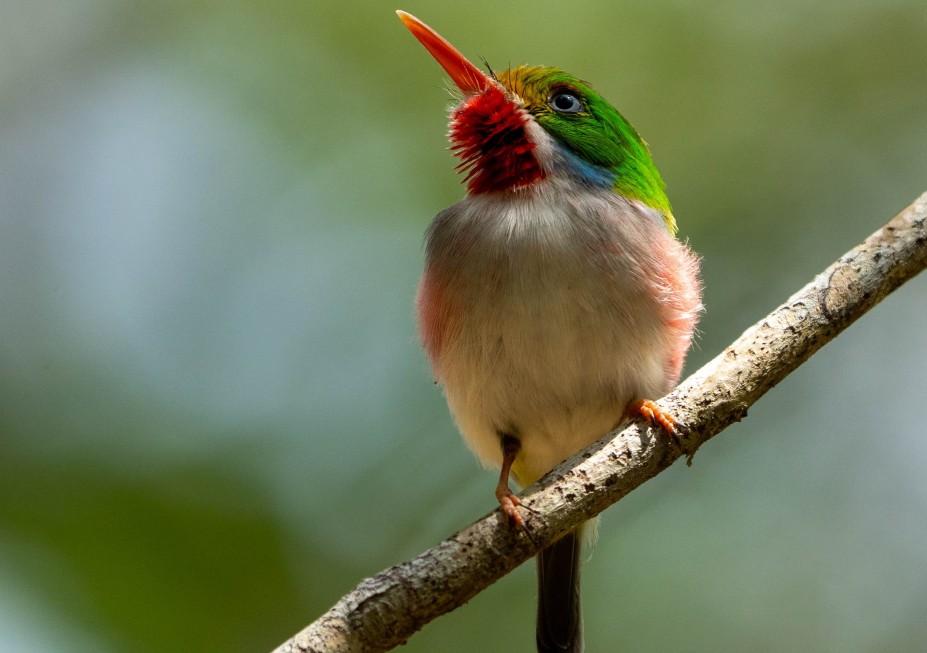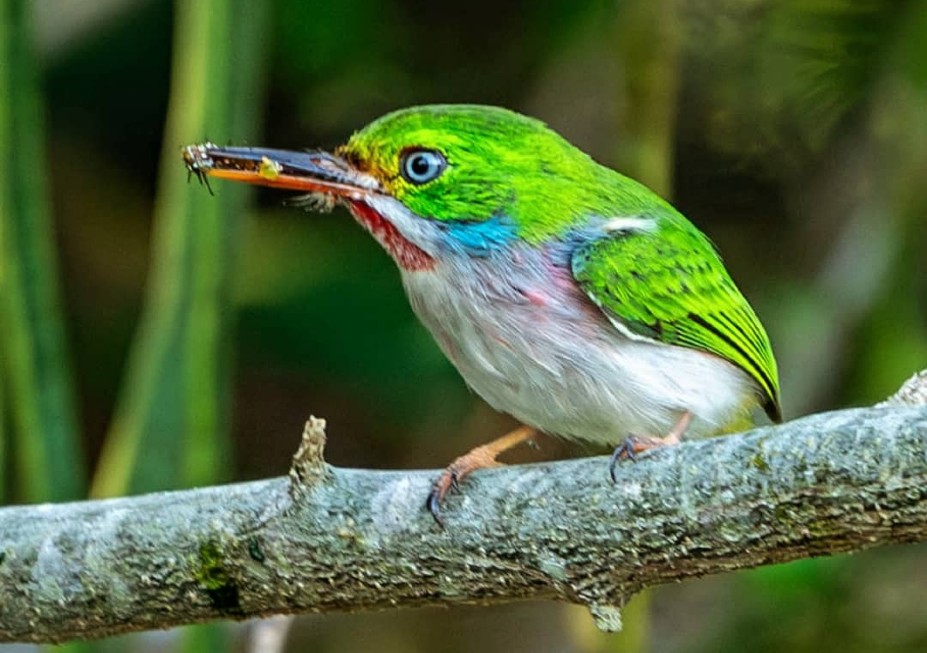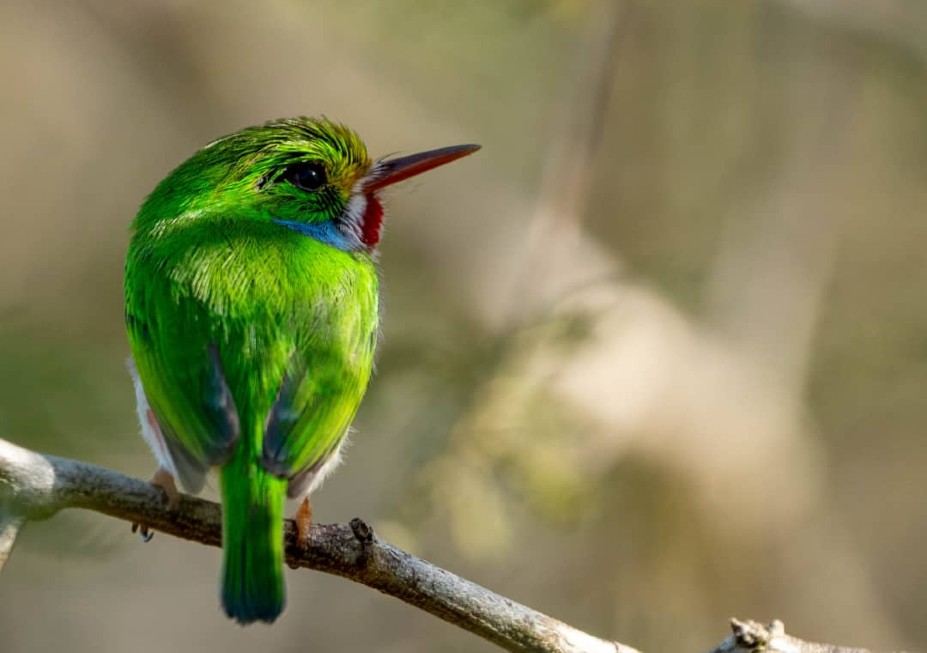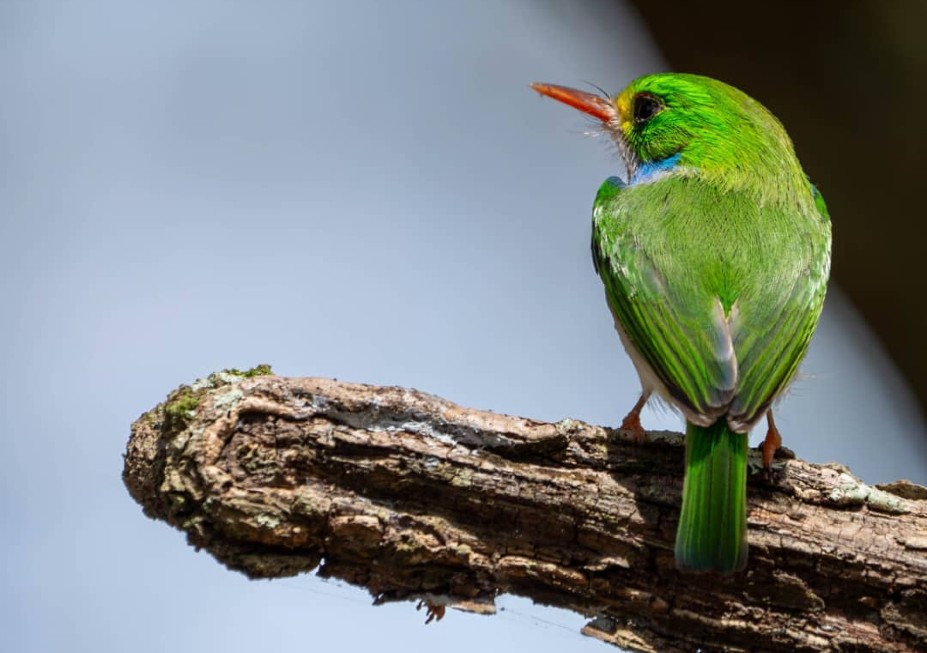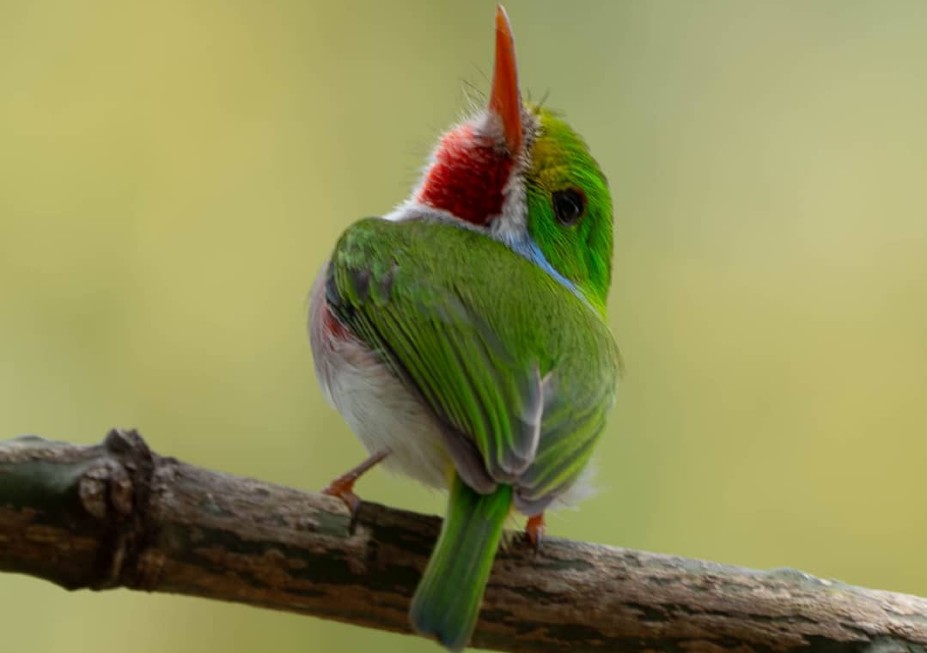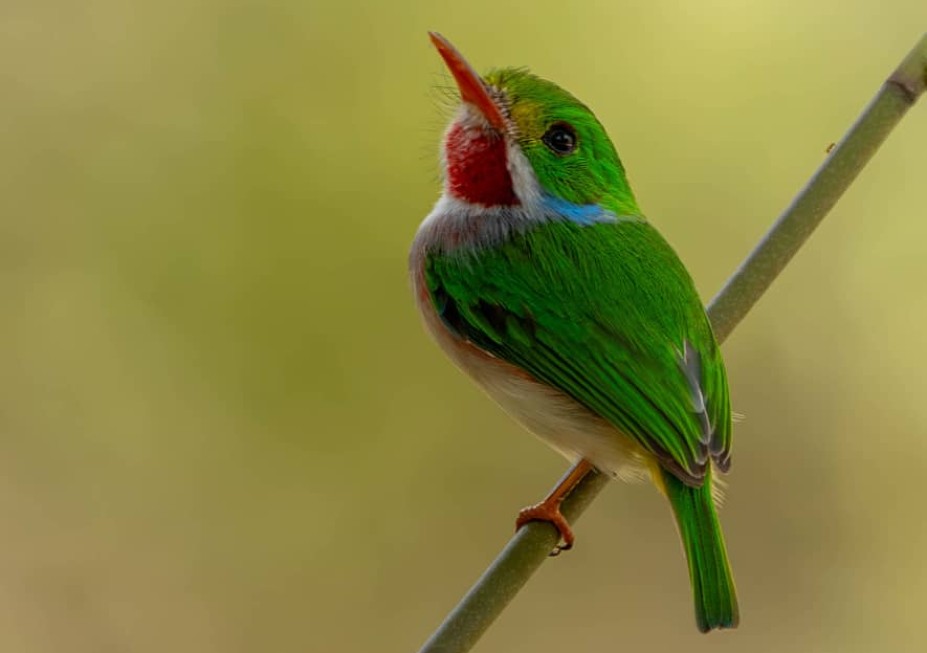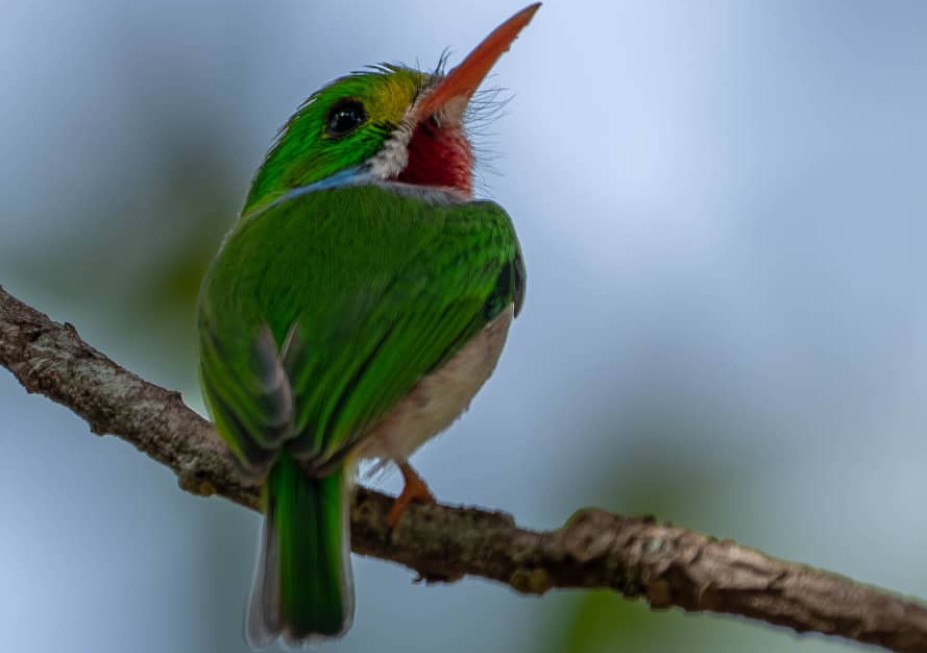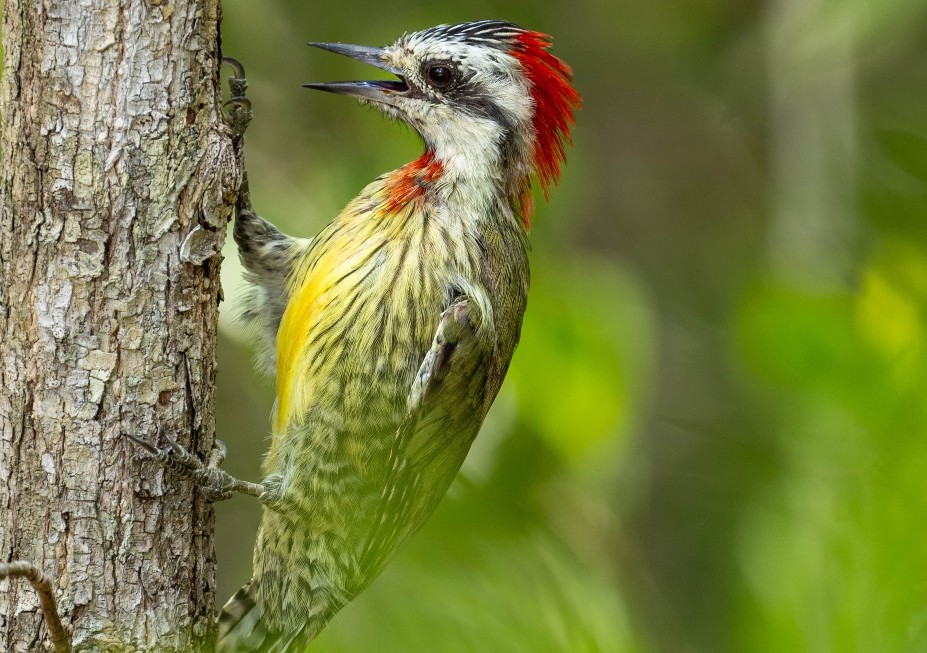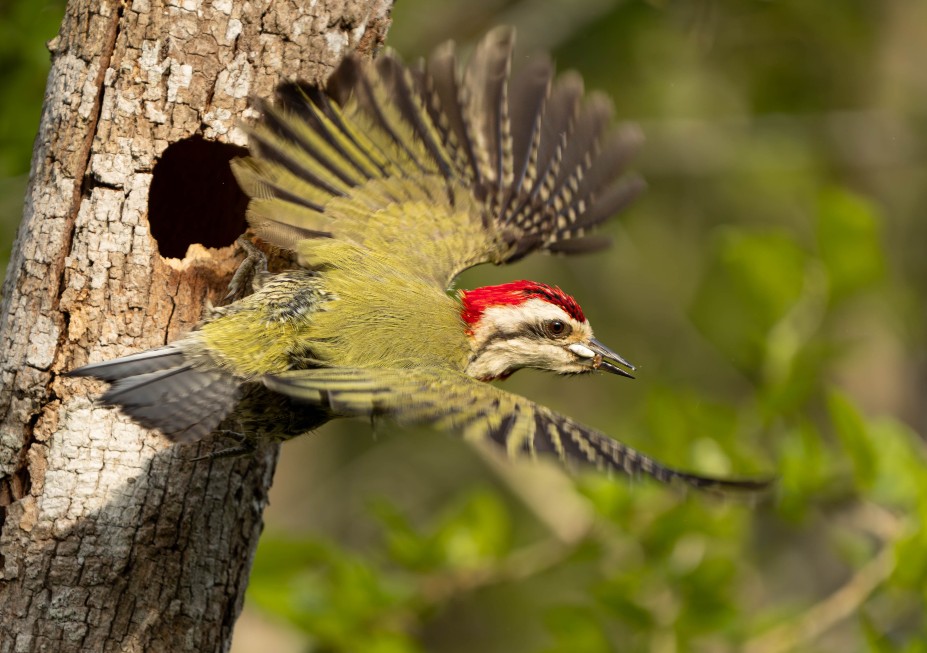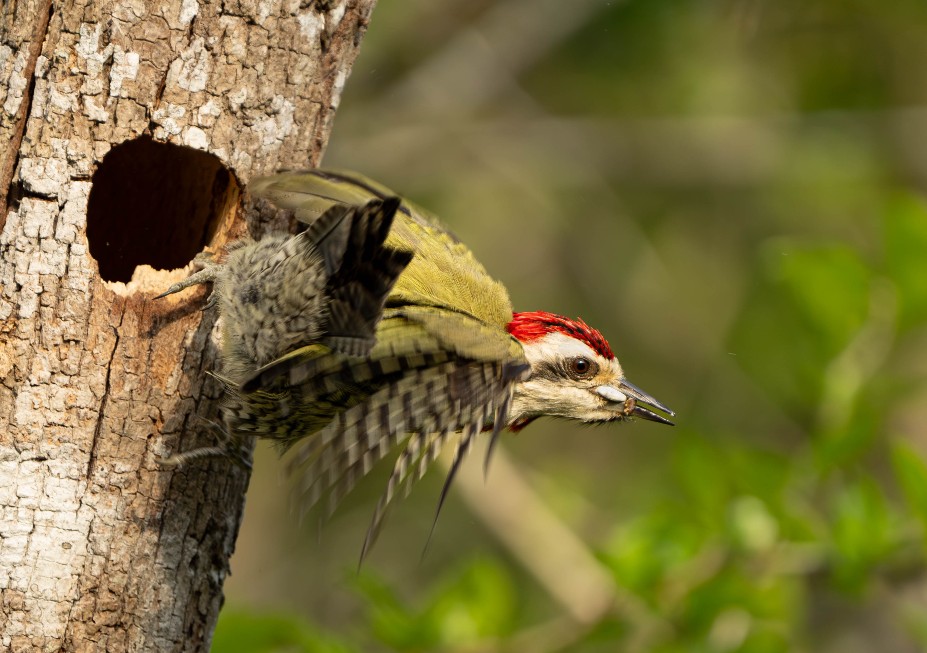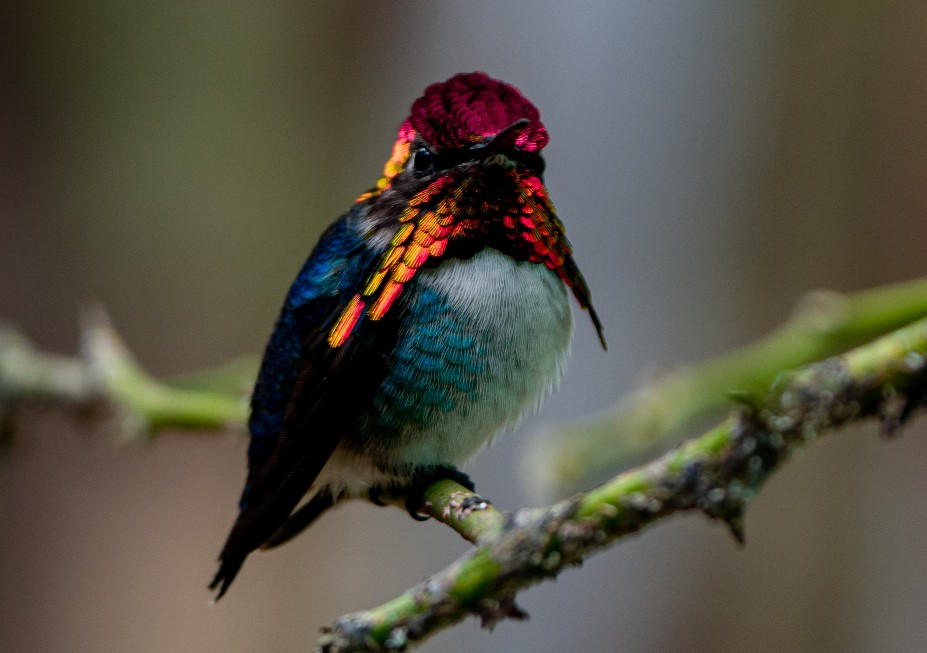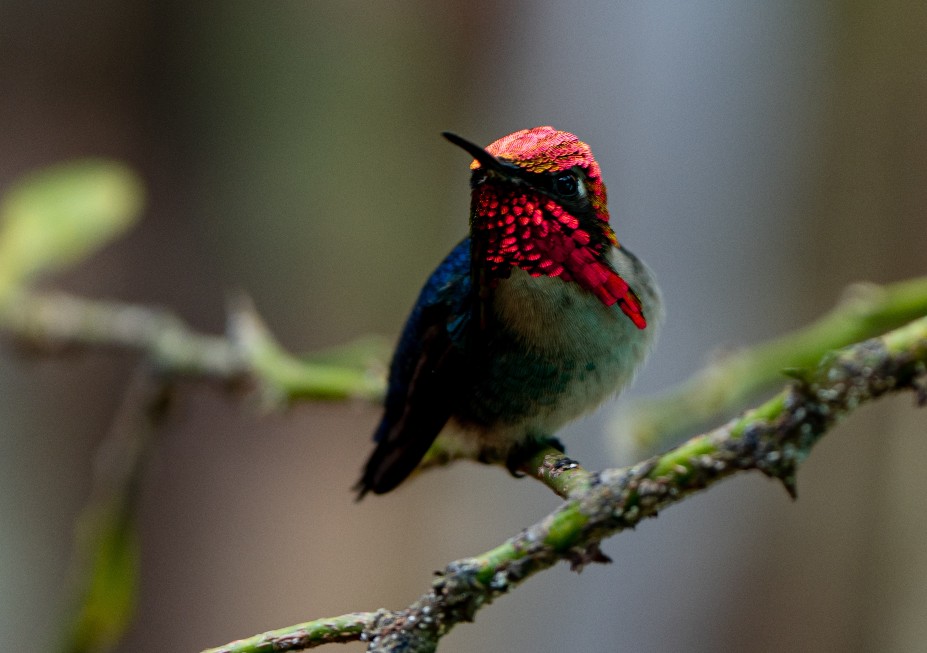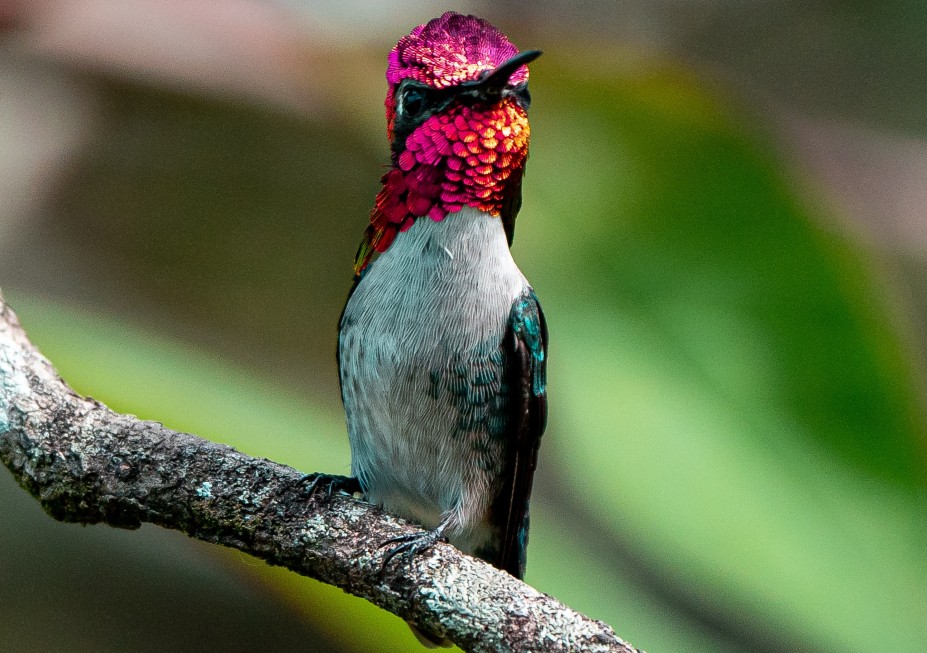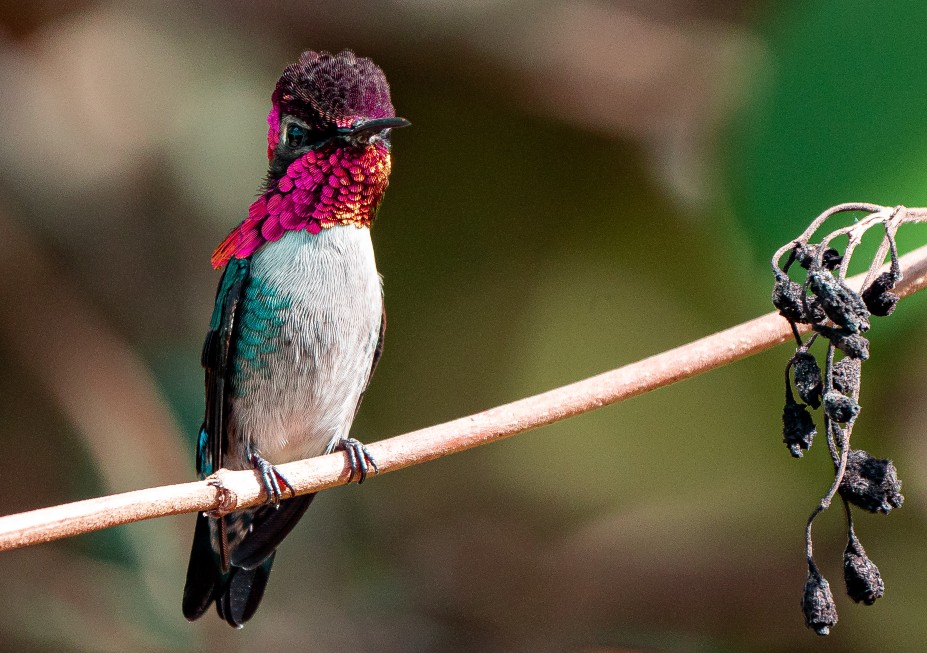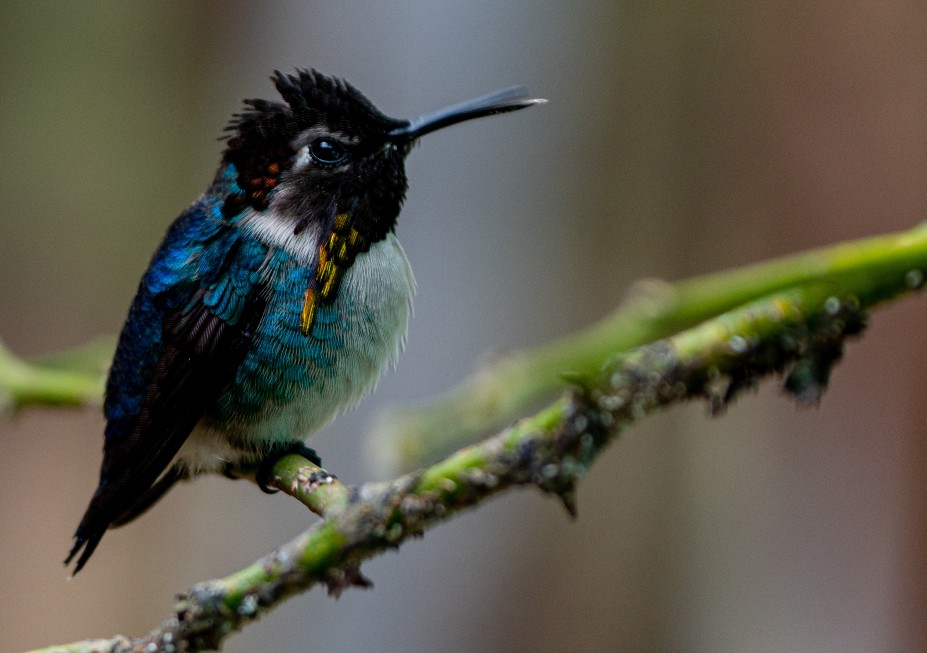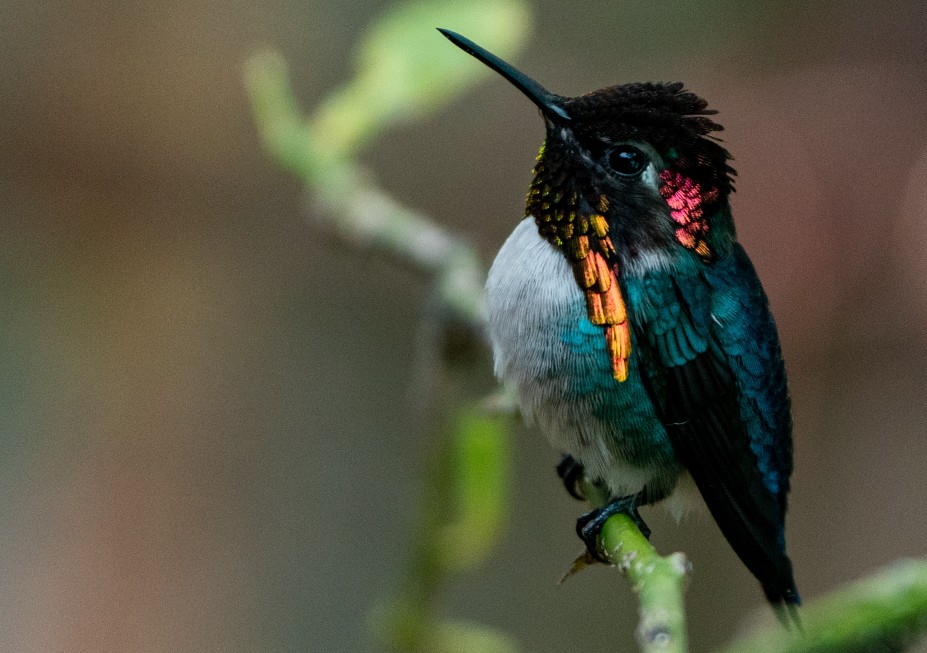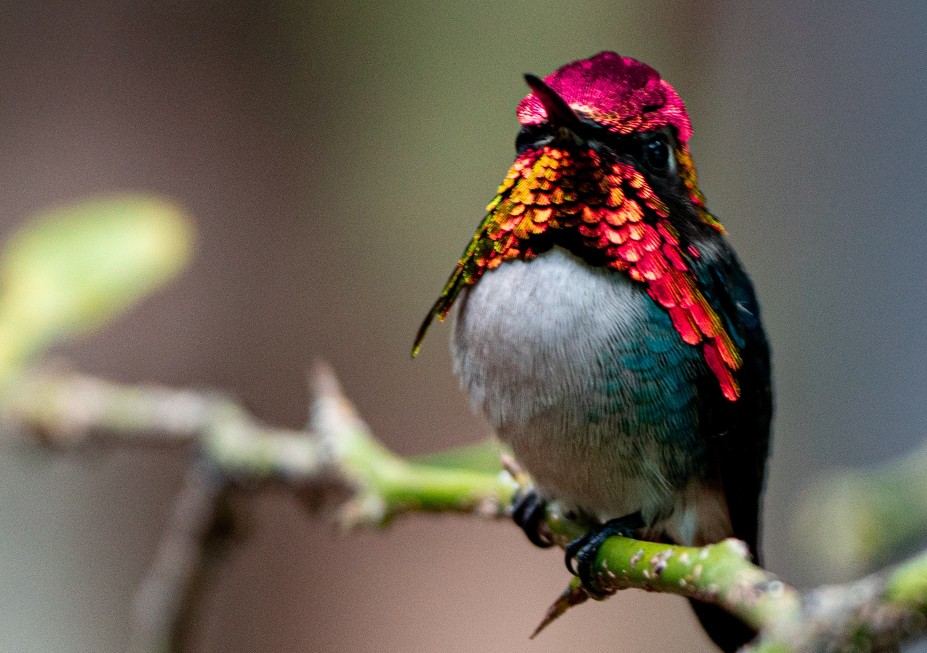Experience the Thrill of Bird Watching in Cuba
Imagine immersing yourself in the vibrant world of bird watching in Cuba, where every moment is filled with the thrill of discovery and the breathtaking beauty of nature. As you explore this stunning island, you’ll quickly see why Cuba is a premier destination for bird enthusiasts. With its unique blend of endemic and migratory species, Cuba serves as a vital stopover for birds journeying between North and South America.
Bird watching in Cuba promises an unforgettable adventure. Let’s dive into some captivating aspects of birding on this enchanting island.
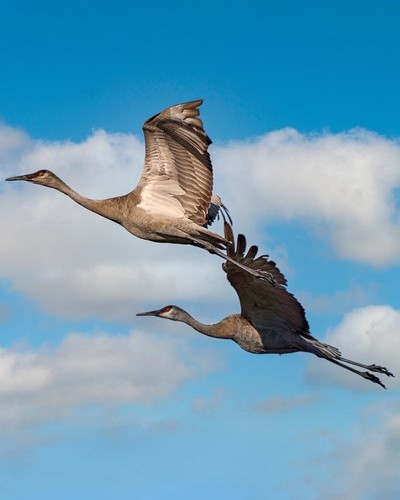
The Cuban Birds Corridor
Imagine standing amidst the lush greenery of the Zapata Swamp or on the tranquil shores of Caletones Beach in Holguín, witnessing migratory birds on their extraordinary journeys. Cuba’s strategic location makes it a vital stopover for birds travelling between North and South America, offering birdwatchers a unique opportunity to observe a stunning diversity of avian species in action. Whether you’re an experienced birding expert or a curious beginner, the thrill of watching these magnificent creatures migrate is an unforgettable experience.

Migration Patterns:
Cuba serves as a haven for various bird species throughout the year, showcasing distinct migration patterns. From October to March, North American birds flock to the island, seeking refuge from the harsh winter climates up north. Meanwhile, from May to September, South American species arrive, escaping the chill of the southern hemisphere’s winter. Even European birds find their way to Cuba during the winter months, adding to the island’s rich avian diversity and making it a birdwatcher’s paradise.
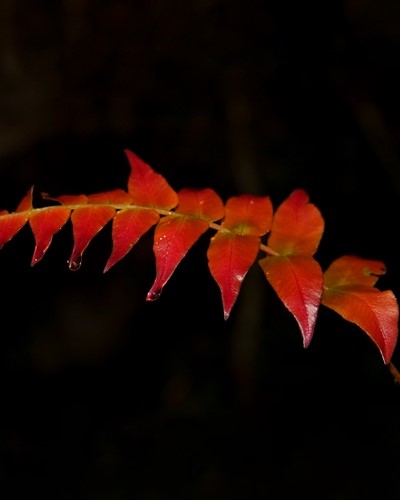
Key Bird Watching Seasons:
Cuba offers prime bird-watching opportunities during key migration seasons. Spring Migration, from March to May, and Fall Migration, from September to November, are the best times to witness a variety of migratory species. Additionally, the Dry Season, lasting from November to April, is ideal for spotting endemic birds, as they are most active during this period. Whether you’re tracking migratory patterns or observing local species, these seasons promise an enriching birding experience.
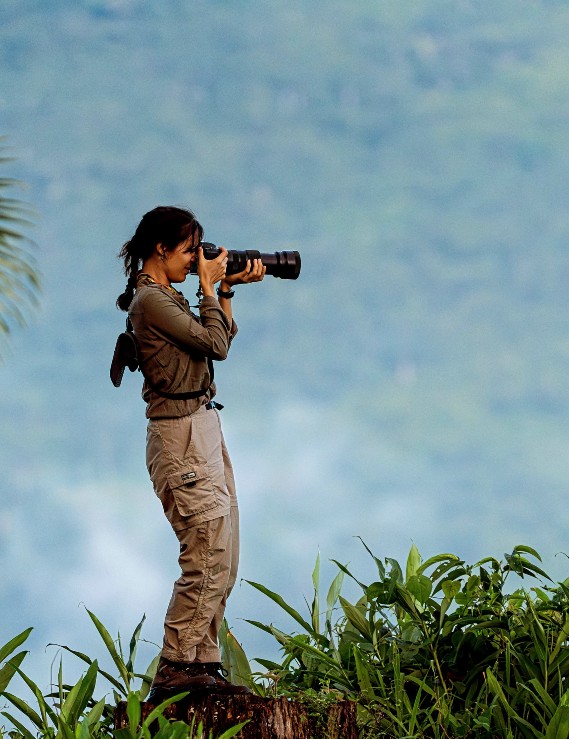
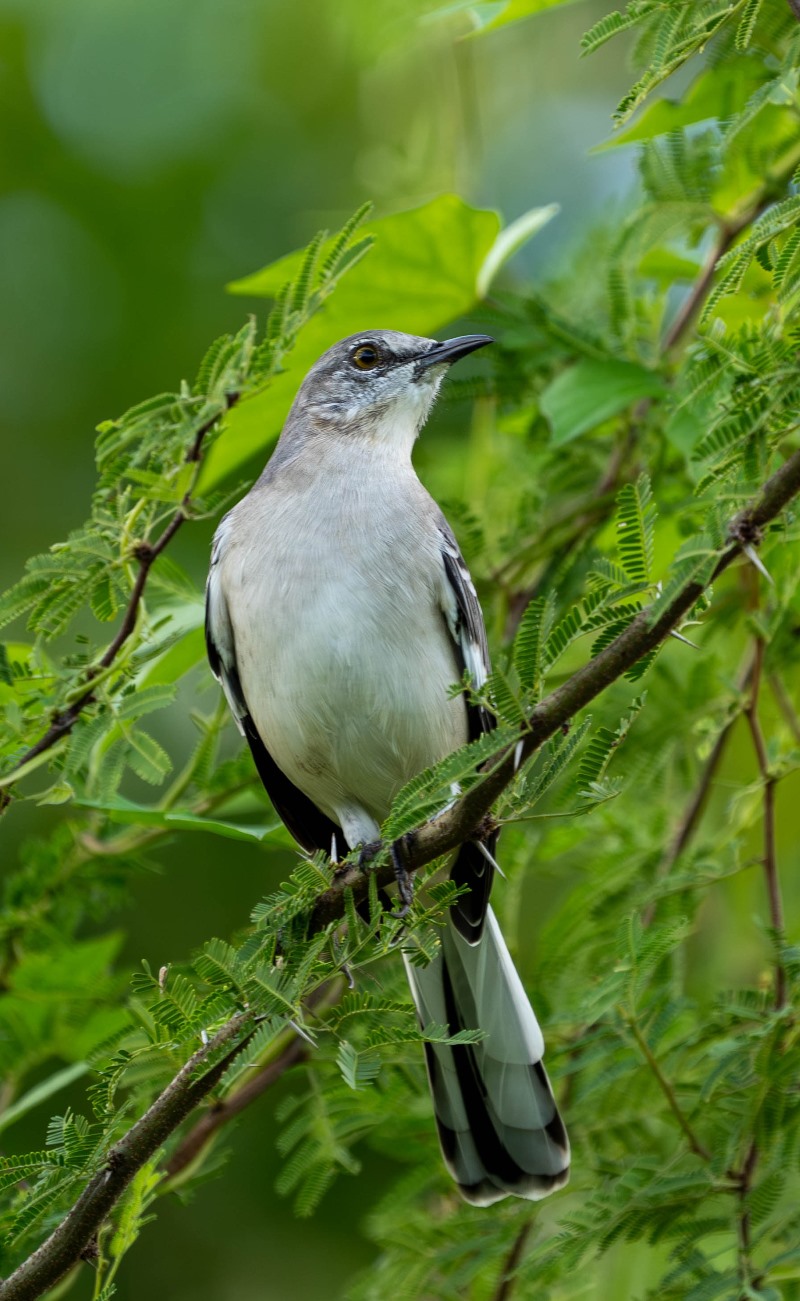
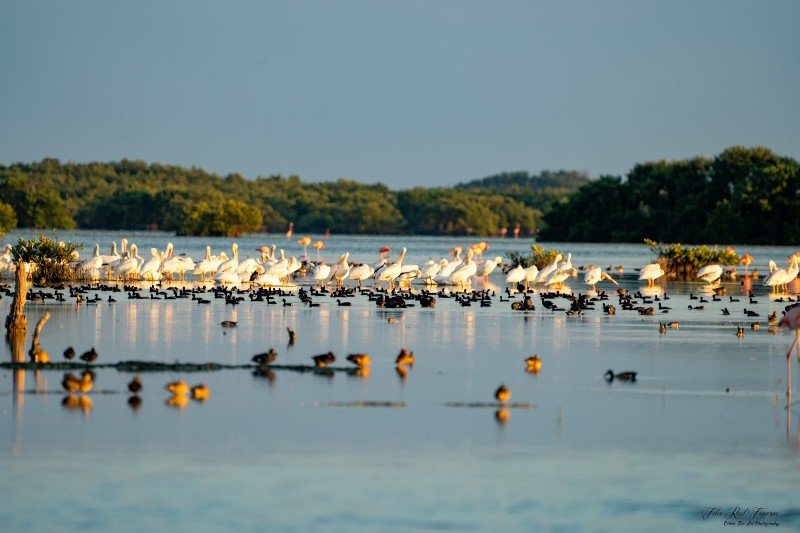
Main Bird Watching Sites
Cuba is home to several premier bird-watching sites that promise unforgettable experiences. At the Zapata Peninsula, you can explore expansive marshes and woodlands, where you might encounter the elusive Zapata Wren and the striking Cuban Trogon. In the Sierra del Rosario, wander through lush forests, keeping an eye out for the beautiful Cuban Solitaire and the Great Lizard-Cuckoo. For avid wildlife enthusiasts, Alejandro de Humboldt National Park is a must-visit destination, offering a chance to observe endemic species in a breathtaking, albeit less accessible, environment.
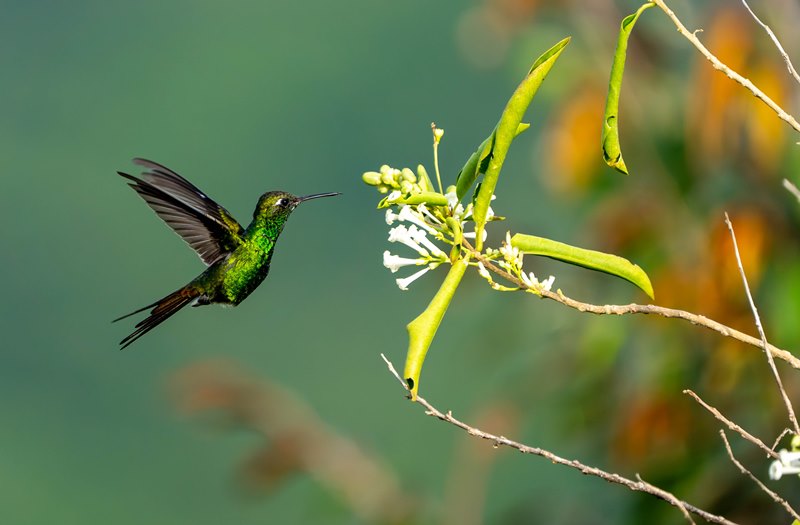
Why Cuba Stands Out
Cuba is a true paradise for bird enthusiasts, boasting around 26 endemic bird species found nowhere else in the world. Its diverse habitats, ranging from lush forests and wetlands to stunning mountains and coastlines, support a remarkable avian diversity. Additionally, Cuba’s strong commitment to conservation ensures pristine conditions for bird watching, making it an ideal destination for nature lovers. Beyond the birding experience, visitors can immerse themselves in Cuba’s rich culture, vibrant music, and delicious cuisine, creating a holistic and unforgettable adventure.
The Cuban Trogon or Tocororo

Gather around, bird lovers and curious minds, because I have a delightful tale about one of Cuba’s feathered celebrities—the Tocororo, or the Cuban Trogon. Imagine a bird so vibrant it appears to have flown straight out of a painter’s palette! This charming creature proudly displays the colours of the Cuban flag, making a truly patriotic fashion statement. With its emerald green back, sapphire blue crown, and a belly as red as a summer sunset, the Tocororo is an absolute stunner, captivating the hearts of all who are lucky enough to spot it.
Sijú
Platanero: The Enchanting Cuban Pygmy Owl

Allow me to introduce you to a pint-sized feathered friend from the vibrant island of Cuba—the Sijú Platanero, better known as the Cuban Pygmy Owl. This charming little owl is quite the character! With its small stature and big personality, the Sijú Platanero delights bird watchers with its curious nature and distinctive markings. Its presence adds a touch of enchantment to Cuba’s diverse avian landscape, making it a must-see for anyone exploring the island’s rich birdlife.
CartaCuba or Todidaes Multicolour

In the heart of Cuba, where vibrant colours dance in the sunlight, resides a charming little bird known as the Cuban Tody, or CartaCuba. This delightful creature, no bigger than your average thumb, is a true gem of the Caribbean. With its striking plumage and cheerful personality, the Cuban Tody captivates all who encounter it. Its vivid colours and playful behaviour make it a favourite among bird watchers, showcasing the enchanting avian diversity that Cuba has to offer.
Carpintero Verde: Cuba’s Vibrant Green Woodpecker

Nestled in the heart of Cuba, amidst lush greenery and vibrant ecosystems, lives the captivating Carpintero Verde, or the Cuban Green Woodpecker. Scientifically known as Xiphidiopicus percussus, this remarkable bird is a true gem of the island, showcasing the beauty and diversity of Cuba’s avian life. With its striking green plumage and distinctive call, the Carpintero Verde adds a lively touch to the Cuban landscape, making it a must-see for bird enthusiasts exploring the island’s rich wildlife.
Zunzuncito: The Jewel of Cuba’s Skies

Imagine you’re in Cuba, sipping on a mojito, when suddenly you catch a glimpse of a dazzling creature that resembles a flying jewel—meet the Zunzuncito! This pint-sized wonder is not only a breathtaking sight but also the smallest bird in the world, weighing about as much as a paperclip! With its iridescent feathers and energetic flight, the Zunzuncito captivates all who are lucky enough to see it, making it a true highlight for bird watchers exploring the beauty of Cuba’s wildlife.

